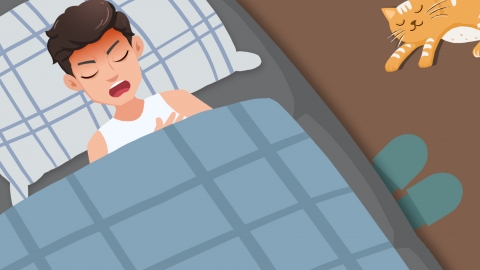What are the symptoms of tuberculous meningitis?
Generally, tuberculous meningitis is an inflammation caused by Mycobacterium tuberculosis invading the meninges. The typical symptoms mainly include fever, headache, neurological abnormalities, altered consciousness, and meningeal irritation signs. These symptoms gradually worsen as the disease progresses, significantly affecting the body. A detailed analysis is as follows:

1. Fever: Patients often experience persistent low-grade fever, with body temperatures mostly between 37.5-38.5°C. Some patients may develop high fever. The fever typically occurs in the afternoon or at night, decreasing slightly in the early morning. It may be accompanied by night sweats—sweating during sleep that stops upon waking.
2. Headache: Headache is a common and prominent symptom of tuberculous meningitis. In the early stages, it often presents as intermittent dull pain, which gradually becomes persistent distending or severe pain as the disease progresses. The pain usually affects the entire head but may also concentrate in the forehead or temporal regions. Coughing, bending over, or straining can significantly worsen the headache.
3. Neurological abnormalities: Patients may exhibit various neurological abnormalities, such as nausea and vomiting. Vomiting is often projectile and related to increased intracranial pressure. Some patients may experience blurred vision or double vision, caused by inflammation affecting the optic nerve or extraocular muscles.
4. Altered consciousness: At certain stages of the disease, patients may experience changes in consciousness. Early signs include irritability and drowsiness—marked by significantly increased sleep duration, with easy awakening followed quickly by sleep again. As the condition worsens, patients may become confused, respond slowly to their surroundings, and be unable to answer questions accurately.
5. Meningeal irritation signs: Inflammation of the meninges leads to typical meningeal irritation signs, including nuchal rigidity—stiffness of the neck muscles, making it difficult for patients to bend their heads forward. Passive flexion of the neck causes noticeable resistance and pain.
Once patients exhibit related symptoms, timely medical consultation is necessary for accurate diagnosis and prompt initiation of standardized treatment. During treatment, adequate rest should be ensured to avoid fatigue. A diet rich in protein and vitamins should be consumed to enhance physical resistance and aid in recovery from the illness.





